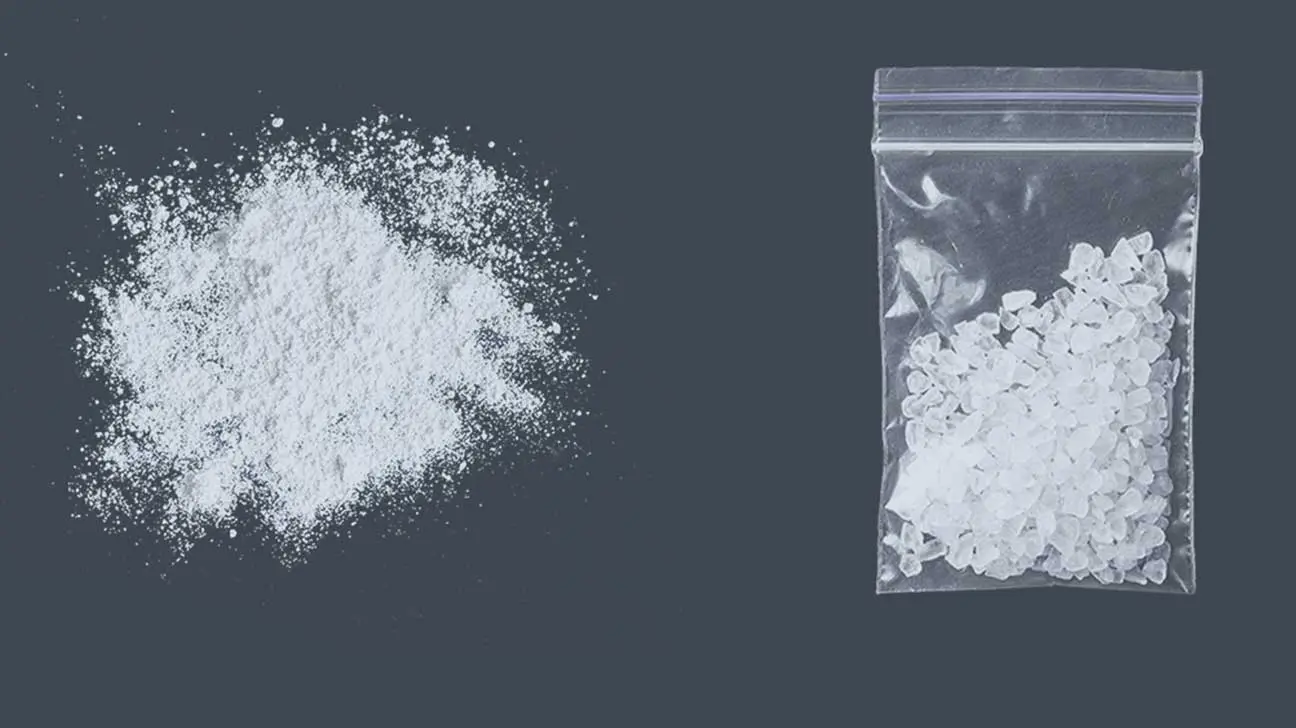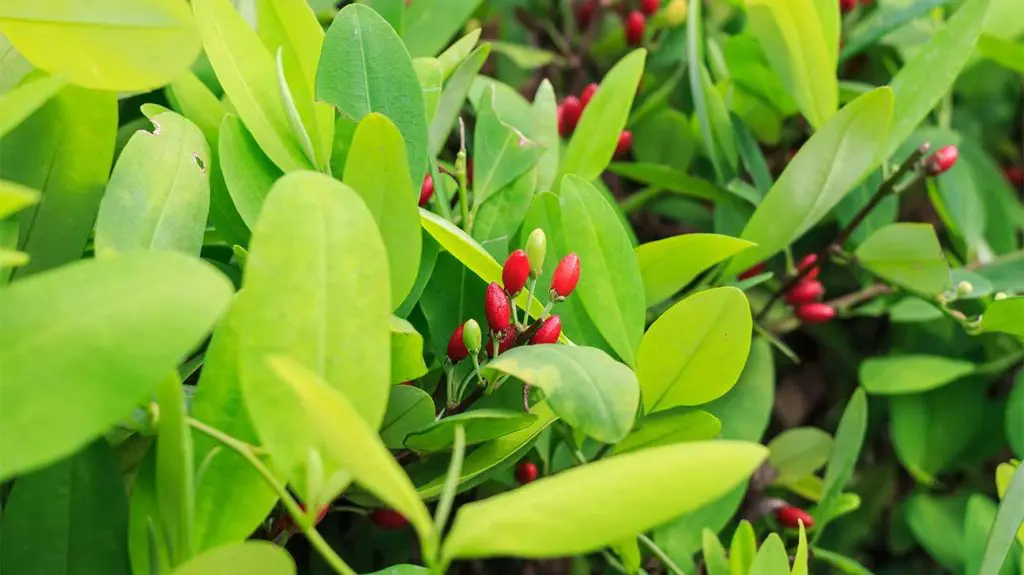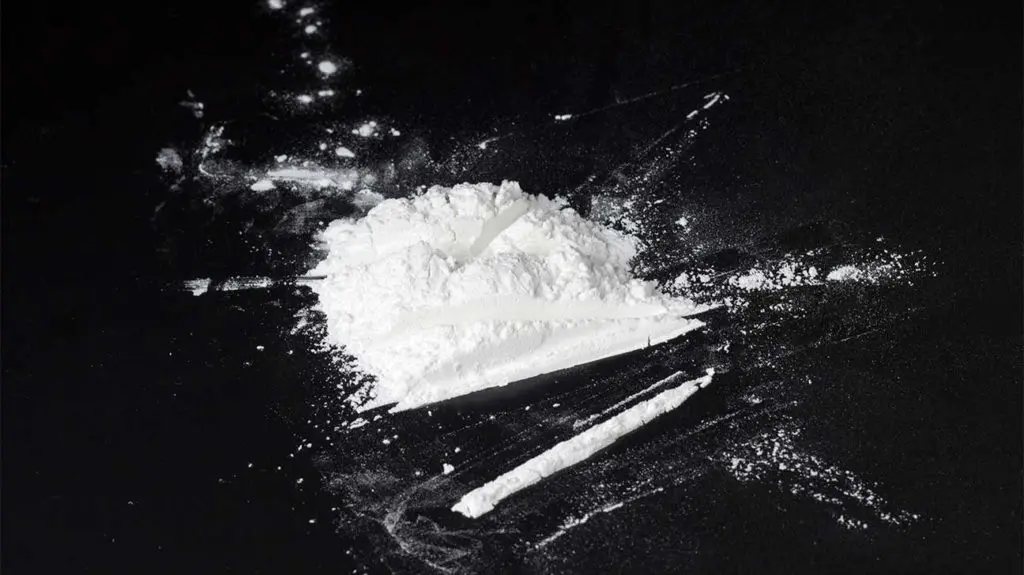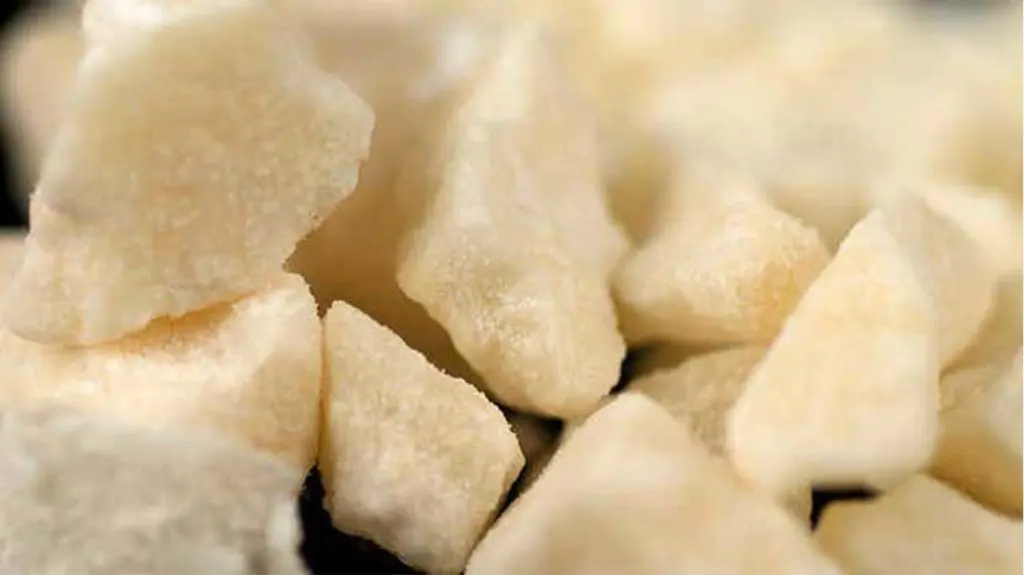

Cocaine is an addictive drug that is most often white in color. Cocaine can come in several different forms, including a white powder and rock form. All forms of cocaine are addictive and can pose serious health risks.

Identifying cocaine abuse or addiction in a loved one can be made easier if you know what cocaine looks like.
Cocaine is an illicit, stimulant drug that is sold by drug dealers. Cocaine in the United States is largely trafficked from Latin American countries in South America, such as Colombia and Peru.
Cocaine can be identified in the forms of:
Cocaine can also be mixed with other drugs, such as MDMA/ecstasy, heroin, and fentanyl. This can affect its physical appearance, including its form and color.
Here, you’ll find more information about what cocaine looks like, signs of cocaine use, and treatment for cocaine abuse.

Cocaine, also known as coke, is a stimulant derived from certain species of the coca plant. This plant is native to the Andean region of South America. Cocaine is derived from the leaves of the coca plant, which are green.
For centuries, South American populations have chewed on coca leaves, made tea with the leaves, or have ground them into a paste form for their stimulant and anesthetic properties.
Get Started On The Road To Recovery.
Get Confidential Help 24/7. Call Today!
Helpline InformationIt is illegal to bring coca leaves into the United States. Cocaine sold in the U.S. is generally already processed into a powder or solid form prior to reaching U.S. soil.

Once cocaine is extracted from the coca leaves, it is processed into a flaky, then crystalline powder form. Powdered cocaine can be snorted, taken orally, or dissolved into a liquid to be injected.
Characteristics of powder cocaine:
Cocaine is generally whitish in color once it is processed. Powdered cocaine is often cut with cutting agents, such as hydrochloride, baking soda, flour, and cornstarch. This reduces its purity and potency.

Crack cocaine is the solid form of cocaine. This is a pure form of cocaine that has been stripped of additional additives, such as cocaine hydrochloride.
Crack cocaine can come in the form of:
Crack cocaine is heated, then smoked. Inhaling the vapors of crack cocaine can cause near-immediate euphoric effects.
Smoking cocaine has been associated with a higher risk of crack dependence, addiction, and overdose compared to snorting powder cocaine.
Many illicit drugs come in powder form. Some illegal drugs can look similar to both the powder and solid forms of cocaine.
Drugs that can look similar to cocaine include:
The similar appearance of many illicit drugs can make it difficult to know what drug you’ve gotten when buying from a drug dealer. Many substances, such as flour and sugar, look similar to cocaine.
Cocaine can cause a range of side effects on behavior, thoughts, physical appearance, and mental health.
Knowing common signs of cocaine use can help you identify if someone you know is using illicit drugs like cocaine.
Signs and effects of cocaine use can include:
Taking excessive amounts of cocaine, or taking cocaine that’s been mixed with other drugs, can lead to adverse reactions, including dangerous changes in heart rate, body temperature, and blood pressure.
Cocaine has the potential to cause heart attack, seizure, stroke, and cardiac arrest. These can be signs of an overdose and may be life-threatening without immediate medical treatment.
Regularly using cocaine can lead to drug dependence and addiction. Recovering from cocaine addiction can be a multi-step process.
Cocaine addiction is generally treated through detox, behavioral therapy, and community-based support groups.
Many treatment centers across the United States offer inpatient and outpatient rehab programs for cocaine addiction. Inpatient rehab programs are the most effective type of treatment for drug addiction.
If you’re looking for drug abuse treatment for yourself or a loved one, call our helpline today for more information.
Written by the Addiction Resource Editorial Staff
This page does not provide medical advice. See moreAddiction Resource aims to provide only the most current, accurate information in regards to addiction and addiction treatment, which means we only reference the most credible sources available.
These include peer-reviewed journals, government entities and academic institutions, and leaders in addiction healthcare and advocacy. Learn more about how we safeguard our content by viewing our editorial policy.


Ad
Ohio Recovery Center




Payment Options : Insurance Accepted, Self Pay

Ad
Spring Hill Recovery Center




Payment Options : Insurance Accepted, Self Pay
People also read 
Copyright © 2024 Recovery Guide LLC - All Rights Reserved
GENERAL DISCLAIMER: Addictionresource.net is designed for educational purposes only and is not engaged in rendering medical advice. The information provided through Addictionresource.net should not be used for diagnosing or treating a health problem or disease. It is not a substitute for professional care. If you have or suspect you may have a health problem, you should consult your health care provider. The authors, editors, producers, and contributors shall have no liability, obligation, or responsibility to any person or entity for any loss, damage, or adverse consequences alleged to have happened directly or indirectly as a consequence of material on this website. If you believe you have a medical emergency, you should immediately call 911.
All Addiction Resource content is medically reviewed or fact checked to ensure as much factual accuracy as possible.
We have strict sourcing guidelines and only link to reputable media sites, academic research institutions and, whenever possible, medically peer reviewed studies.
If you feel that any of our content is inaccurate, out-of-date, or otherwise questionable, please contact at info@addictionresouce.net.
Where Do Calls Go?
About Our Helpline
The helpline at AddictionResource.net is available 24/7 to discuss the treatment needs of yourself or a loved one. This helpline is answered by Legacy Healing Center, an addiction treatment provider with treatment facilities in California, Florida, Ohio, and New Jersey.
You, nor your loved one, are under any obligation to commit to a Legacy Healing Center treatment program when calling the helpline.
If one of Legacy’s treatment centers is not a good fit, a representative of Legacy may refer you to another detox or treatment center or the Substance Abuse and Mental Health Services Administration (SAMHSA) hotline to find a program that best suits your needs.
This helpline is a free resource at no cost to the caller.
AddictionResource.net, owned and operated by Recovery Guide LLC, does receive compensation from Legacy Healing Center in the form of paid advertising.
To find another treatment program, browse the top-rated addiction treatment facilities in each state by visiting our homepage, or by viewing the SAMHSA Treatment Services Locator.